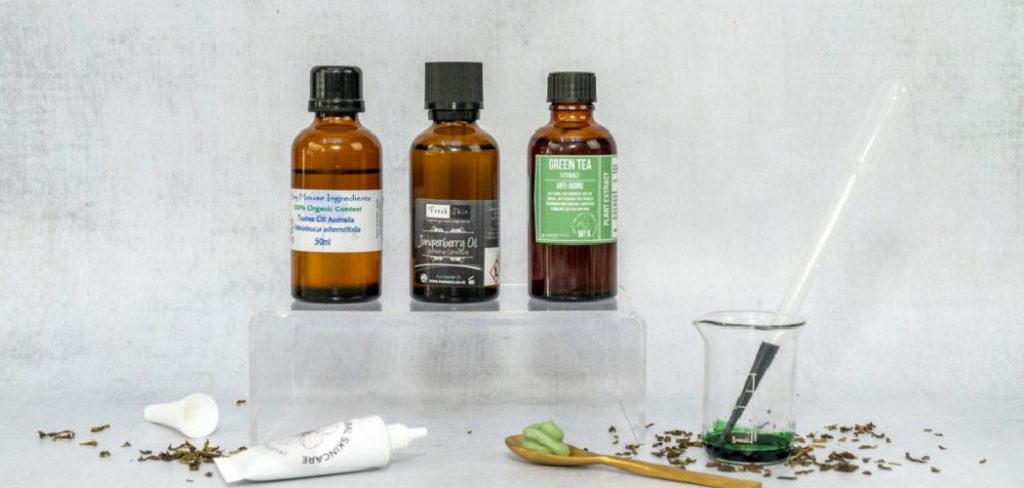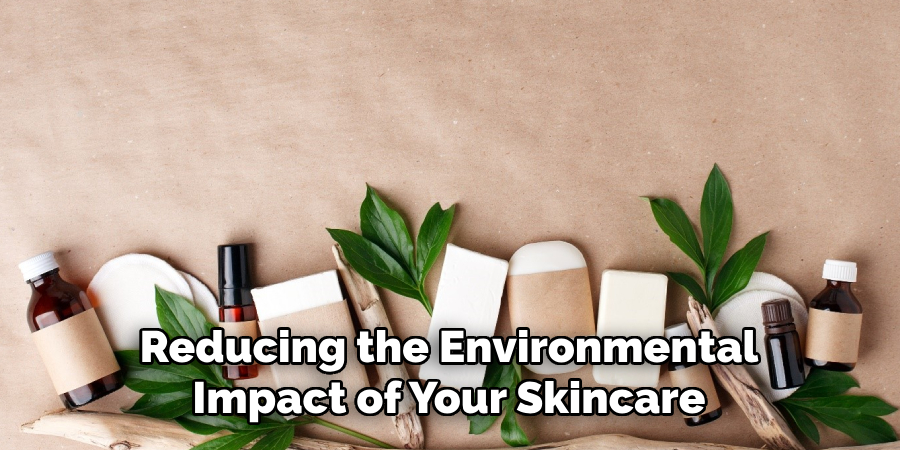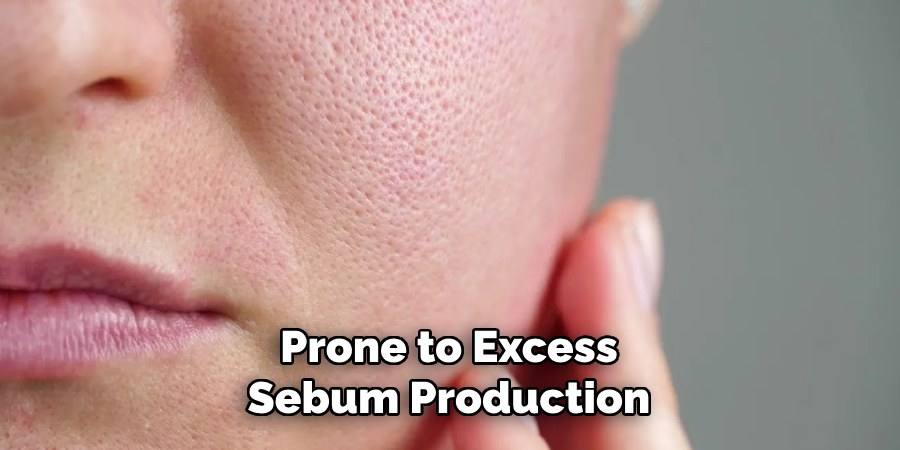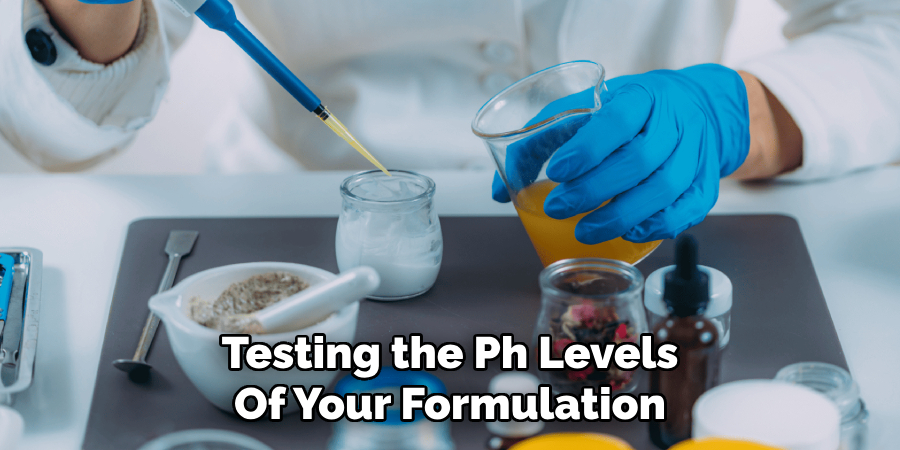Are you tired of spending so much money on expensive skin care products? Have you ever thought about making your own skincare products at home?

How to formulate skin care products is an art that combines scientific knowledge, creativity, and an understanding of individual skin needs. With the ever-growing demand for effective and personalized skincare solutions, formulating these products has become increasingly important.
This section will explore the key considerations and steps involved in creating skin care products that cater to diverse skin types and concerns.
Whether you are a skincare enthusiast or aan spiring formulator, this guide will provide valuable insights into the fascinating world of customizing skin care formulations. Let’s dive in and unlock the secrets to formulating exceptional skin care products that nurture and enhance the skin’s health and beauty.
What Are the Benefits of Formulating Your Skin Care Products?
Formulating your own skincare products has many benefits, some of which include:
- Cost Savings: One of the primary reasons people choose to formulate their own skin care products is to save money. By making these products at home, you can significantly reduce costs compared to purchasing them from a store or online.
- Customization: Everyone’s skin is unique and has different needs. By formulating your own skincare products, you have control over the ingredients used and can tailor them to suit your specific skin concerns.
- Quality Control: When making your own skincare products, you have complete control over the quality of ingredients used. This allows you to ensure that only the best natural ingredients are used in your formulations.
- Eco-Friendly: Making your skincare products means you can source and use environmentally-friendly ingredients and packaging materials, reducing the environmental impact of your skincare routine.

What Will You Need?
Before we dive into the formulation process, having the necessary tools and ingredients is essential. Here are some key items you will need:
- Measuring Tools: Accurate measurements are critical when formulating skincare products. Invest in a set of measuring spoons, cups, and a scale to ensure precise measurements.
- Mixing Tools: To properly mix your ingredients, you will need bowls, spatulas, and/or handheld mixers. These tools help combine ingredients evenly and create a smooth consistency.
- Storage Containers: Once your product is formulated, you will need containers to store them in. Consider using glass bottles or jars for longevity and to avoid plastic waste.
- Ingredients: Depending on the product you want to formulate, you will need various ingredients such as oils, essential oils, butter, waxes, and emulsifiers. Be sure to research and source reputable suppliers for high-quality ingredients.
Once you have these essential tools and ingredients, you are ready to start formulating your skin care products!
8 Easy Steps on How to Formulate Skin Care Products
Step 1: Identify Your Skin Type
Before you begin formulating your skincare products, it’s essential to identify your skin type. Understanding your skin’s unique characteristics will guide you in selecting ingredients that cater to your needs. Here are the common skin types:
- Normal Skin: Balanced and well-hydrated with few imperfections.
- Dry Skin: Lacks moisture and often feels tight or flaky.
- Oily Skin: Prone to excess sebum production, resulting in a shiny complexion and potential breakouts.
- Combination Skin: Exhibits oily and dry skin characteristics, with oiliness in the T-zone and dryness in other areas.
- Sensitive Skin: Easily irritated and reacts to specific ingredients or environmental factors.
By understanding your skin type, you can tailor your formulations to address specific concerns and ensure the best possible results.

Step 2: Determine Your Skin Concerns
In addition to identifying your skin type, it is essential to determine any specific concerns you may want to address with your formulations. Some common skin concerns include:
- Acne: Formulations that contain ingredients such as salicylic acid and tea tree oil can help combat acne.
- Aging: Ingredients like vitamin C and retinol are known for their anti-aging benefits, helping reduce fine lines and wrinkles.
- Hyperpigmentation: Products containing ingredients like kojic acid or niacinamide can help improve skin tone and reduce dark spots.
By understanding your skin’s needs and selecting appropriate ingredients, you can create products that effectively target your specific concerns.
Step 3: Research and Select Ingredients
Once you have identified your skin type and concerns, it’s time to research and select suitable ingredients for your formulations. Look for natural, organic ingredients known for their benefits argan oil in addressing your specific needs.
Some common skin-loving ingredients include:
- Oils: Such as jojoba oil, rosehip oil, and argan oil, which provide hydration and nourishment to the skin.
- Essential Oils: Lavender, tea tree, and peppermint are just a few examples of essential oils with various benefits, including anti-inflammatory and antibacterial properties.
- Butter: Shea butter and cocoa butter are excellent for providing deep moisture to the skin.
- Emulsifiers: Ingredients like beeswax and lecithin are essential in emulsifying oils and water-based ingredients.
Research each ingredient’s function and safety before incorporating it into your formulations.
Step 4: Create a Formula
Using your selected ingredients, create a formula based on their functions and the desired end product. The ratio of each ingredient will depend on its potency, so be sure to measure accurately. Consider starting with smaller batches until you perfect your desired formula.
Step 5: Test pH Levels
Testing the pH levels of your formulation is crucial in ensuring its efficacy and compatibility with the skin. A product’s pH level can significantly impact its overall performance and how it interacts with the skin’s natural pH. A skin-friendly pH level helps maintain the skin’s acid mantle, a protective barrier against harmful bacteria and environmental factors.
You can use pH testing strips or a digital pH meter to test the pH levels. Follow the instructions provided with your chosen testing method and measure your formulation’s pH. Ideally, skincare products should have a pH level that falls within the range of 4.5 to 6.5, which is considered the optimal pH range for maintaining a healthy skin balance.

Suppose the pH of your formulation is outside the desired range. In that case, you can adjust it by adding small amounts of pH adjusters, such as citric acid or sodium hydroxide, while monitoring the pH levels until they reach the desired range. It is important to make gradual adjustments and retest the pH after each addition to avoid overcorrecting.
Step 6. Packaging and Storage Considerations
After achieving the desired pH level for your skincare formulation, it’s crucial to consider the packaging and storage to ensure the product’s stability and longevity. Here are some key considerations:
- Choose Suitable Packaging: Select packaging that protects the product from light, air, and moisture. Dark, airtight containers or pump bottles are often preferred to preserve the integrity of the formulation.
- Avoid Contamination: Maintain strict hygiene practices during the packaging process to minimize the risk of contamination. Sterilize equipment, use clean and sanitized containers, and consider incorporating preservatives to prevent microbial growth.
- Store in Optimal Conditions: Proper storage conditions are vital for preserving the quality and stability of the product. Store your skincare formulations in a cool, dry place away from direct sunlight and extreme temperatures. Follow any specific storage instructions for the ingredients used in your formulation.
- Monitor Shelf Life: Keep track of the shelf life of your skincare products and label them with the manufacturer or expiration date. This helps ensure consumers use the product within its recommended timeframe for optimal efficacy and safety.
- Perform Stability Testing: Stability testing on your formulation is essential to determine the product’s shelf life, effectiveness, and potential changes over time. This testing can help identify any issues and make adjustments if necessary.
By considering these packaging and storage factors, you can maintain your skincare products’ quality, efficacy, and longevity, ensuring a positive experience for your customers and maximizing the benefits of your formulations.
Step 7: Seek Professional Guidance
Creating your skincare formulations can be a rewarding and fulfilling experience. However, it’s essential to seek professional guidance and advice when needed. Consider consulting with a dermatologist or cosmetic chemist for expert knowledge of ingredients, formulation techniques, and safety precautions.
Additionally, if you plan to sell your products, ensure they comply with all legal requirements and regulations in your region. This includes appropriately labeling ingredients and providing accurate information about the product’s effectiveness and safety.
Step 8: Continuously Improve and Evolve
As with any skill, continuous practice and learning is key to perfecting your skincare formulations. Feel free to experiment with new ingredients and techniques, seek feedback from friends or family, and stay informed about industry trends and advancements.
Remember that creating your skincare products takes time, patience, and dedication but can result in unique and effective formulations tailored to your skin’s needs. With the proper knowledge and approach, you can create a personalized skincare routine that works for you.
By following these steps and incorporating your creativity and passion, you can embark on an exciting journey of formulating your skincare products.

Conclusion
How the skin care product formulations can be a rewarding and enlightening experience.
From selecting ingredients to testing pH levels and packaging, every step requires careful consideration and attention to detail. Following this guide on how to formulate skin care products, you can create personalized and effective skincare products that cater to your unique skin needs. Remember to continuously improve and evolve your formulations while seeking professional guidance when needed.
You can achieve the perfect balance of science and creativity in your skincare routine with dedication and practice. Happy formulating! So keep experimenting, stay informed about industry advancements, seek expert advice, and most importantly, have fun creating your customized skincare products!
About the Author
Jane Hubbard is a passionate beauty expert with a wealth of experience in makeup, hair, and overall beauty techniques. After years of working as a hairdresser specialist, she followed her entrepreneurial spirit and started her own consultancy business.
Jane has always been driven by her desire to help others feel confident in their own skin, and she does this by sharing her knowledge, experiences, and practical beauty tips. Through her consultancy, she empowers individuals to embrace their unique beauty, offering tailored guidance that boosts both self-esteem and personal style.
Professional Focus
- Specializes in makeup, hairstyling, and beauty consulting.
- Provides personalized beauty advice, tips, and techniques to help individuals feel confident in their appearance.
- Dedicated to staying up-to-date with the latest industry trends and developments.
- Passionate about creating a comfortable and empowering experience for every client.
Education History
- University of Craft and Design – Bachelor of Fine Arts (BFA) in Woodworking and Furniture Design
- Woodworking Apprenticeships – Extensive hands-on training with skilled craftsmen to refine carpentry and furniture making techniques
- Online Courses & Masterclasses – Continued education in advanced woodworking techniques, design principles, and specialized tools
Expertise:
- Makeup artistry, hairstyling, and beauty consulting.
- Personalized beauty techniques to enhance confidence and self-expression.
- Educating clients on how to maintain their beauty routines at home.
